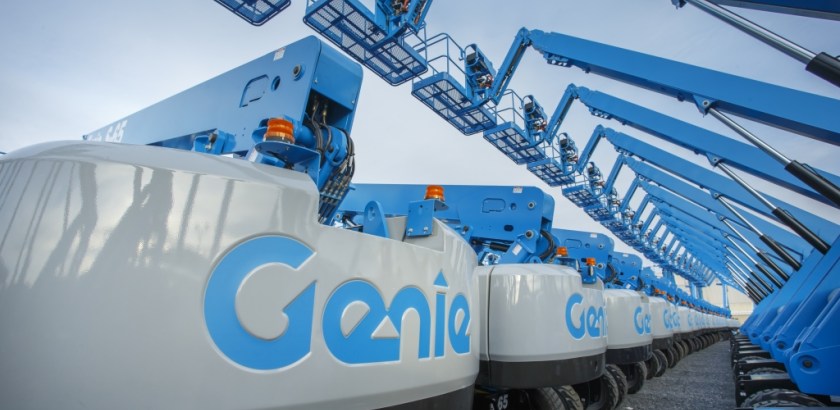What MEWP Should You Choose?
by Sean Larin - Product Manager On Nov 1, 2018, 03:00 AM
Subscribe To Aerial Pros
Filter by tags
Choosing the right mobile elevated work platform, or MEWP, for your jobsite needs might seem simple enough — but, have you thought it all through? Understanding how far to reach up, out, over or down and around are only part of the answers you really need to select a MEWP to complete your work. Don’t make the mistake of just choosing an aerial lift you think might work. If you ask yourself the right questions about the jobsite, you’ll be prepared to choose the best MEWP to match your application.
Ask yourself these questions to begin the process of finding the right aerial lift to fit your jobsite need:
How is the jobsite accessible?
There is an ideal aerial lift for every job, but you need to consider the lift’s accessibility to the working area. Because of the way a jobsite’s accessibility and condition can change as work progresses, versatile machines can be a significant advantage in getting work done efficiently and cost effectively. Some jobsites have obstacles, either on the ground or in the air that may require the use of certain machines. For example, scissor lifts can be cost effective workhorses for jobs with narrow paths or the need to lift high capacity loads from the ground to straight vertical heights, , but there are many jobs where these machines just cannot get to or reach.
Articulated or telescopic booms may be required if you do not have vertical only access, but rather need to reach over, under or around obstacles. Articulated booms offer versatile platforms that can weave their way into hard to reach areas, while telescopic booms are notably strong in further reaching and higher capacity applications. The addition of a telescoping or rotating jib can also help provide the last few feet of reach needed for a more challenging job.
Are there any restrictions on the jobsite?
Knowing any specific restrictions on a jobsite, such as noise, emission, terrain or hostile environments, can help you determine what features or options, like hybrid power, 4x4 drive with active oscillating axles and hostile environment packages, might be required for any equipment used on the jobsite.
What are the jobsite’s working conditions like?
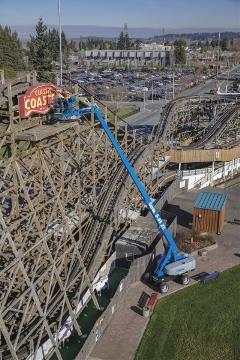 Identifying the working conditions will help you narrow down the features needed to get the job done efficiently. For example, the jobsite may be indoors or outdoors, on rough terrain or smooth pavement, and these factors will help you determine what aerial lift matches your needs. Smaller compact lifts are great options to choose when completing work indoors. They offer maneuverability, compact size and can be manually or self-propelled. Also, remember to check if your indoor jobsite has power available. Indoor jobsites without power may need a gas/LPG engine or hybrid power source lift. These early stage jobsites often have limited indoor lighting, so a platform lights package will help get the job done and keep workers safe.
Identifying the working conditions will help you narrow down the features needed to get the job done efficiently. For example, the jobsite may be indoors or outdoors, on rough terrain or smooth pavement, and these factors will help you determine what aerial lift matches your needs. Smaller compact lifts are great options to choose when completing work indoors. They offer maneuverability, compact size and can be manually or self-propelled. Also, remember to check if your indoor jobsite has power available. Indoor jobsites without power may need a gas/LPG engine or hybrid power source lift. These early stage jobsites often have limited indoor lighting, so a platform lights package will help get the job done and keep workers safe.
If your jobsite is outdoors, check out the terrain before choosing an aerial lift. Early stage construction sites, unpaved terrain, or even poor weather conditions may require you to choose a machine fully rough terrain capable. Rough terrain lifts enhance productivity by providing traction, speed and gradeability.
And, there are times when jobsite requires significant outdoor work on unimproved surfaces at the beginning, and then work on flat level slab in an enclosed area for later stages, typically multiple machines would be used. But, the new Genie® Z®-60/37 FE articulated boom is engineered to enable operators to use one machine to be used for both indoor and outdoor applications. This fuel-electric model, a true hybrid, combines the benefits of advanced diesel power and four-wheel drive performance with the cleaner, quieter efficiency of compact, and low-weight, electric-powered booms.
Making the right match
From telescopic and articulated boom lifts to scissor and vertical lifts, Genie manufactures a wide size range of MEWPs to keep operators productive on any jobsite. By asking the right questions, you can find the aerial lift that best matches your jobsite needs. No matter where the jobsite is, Genie has the right MEWP for the job.
Related Posts
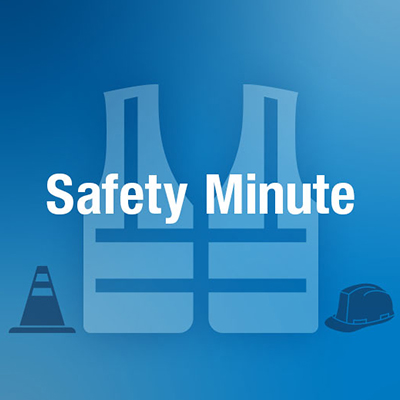
Genie Safety Minute: Global Standards Requirements for MEWPs
Genie Safety Minute is intended to facilitate health and safety discussions on the job site.
Continue Reading
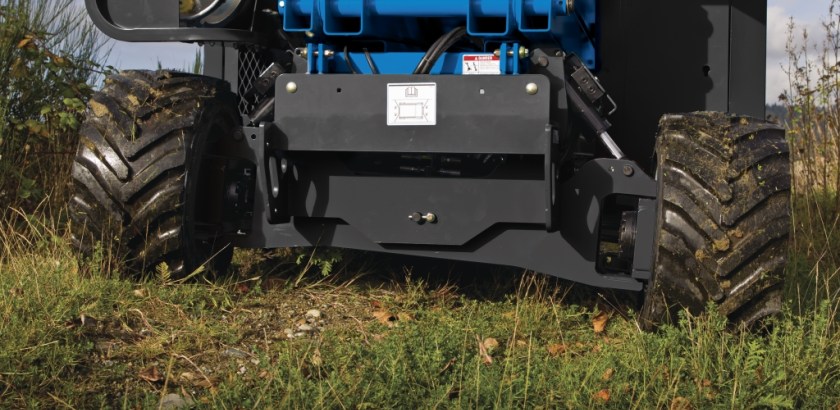
Know Your Grade Limits to Avoid MEWP Downtime
For mobile elevating working platforms (MEWPs), ground slope is a major contributor to machine stability and, ultimately, the operator’s safety.
Continue Reading
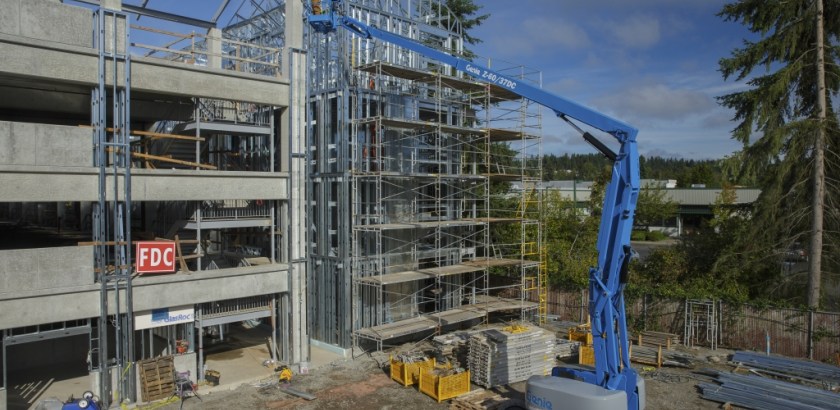
MEWPs vs. Scaffolding
Prior to the introduction of mobile elevating work platforms (MEWPs) in the 1970s, construction industry professionals relied almost exclusively on ladders and scaffolding to access major work at height projects.
Continue Reading


